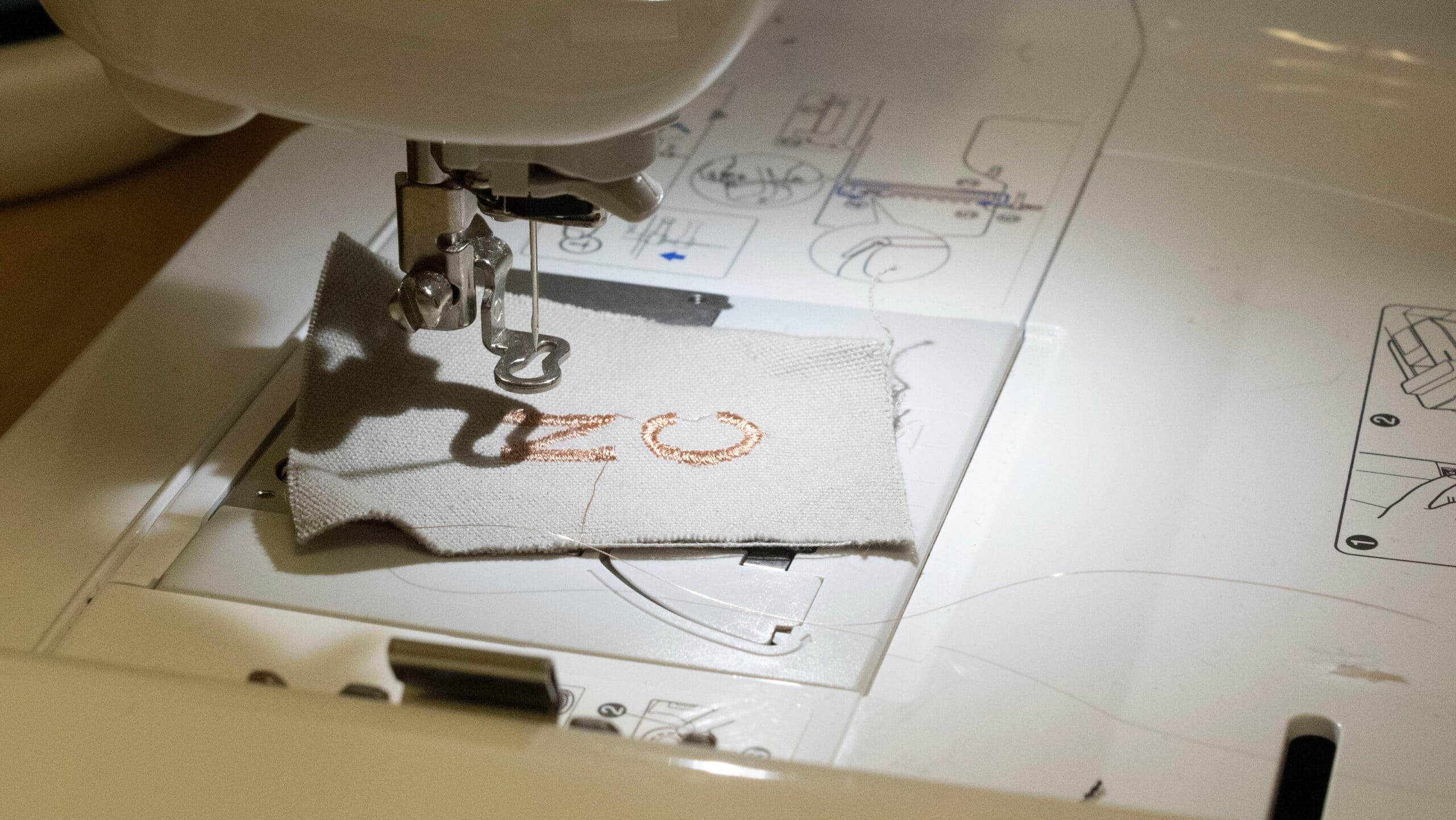
Researchers from the RIKEN Center for Emergent Matter Science and collaborators have developed an organic photovoltaic film that is both waterproof and flexible, allowing a solar cell to be put onto slothes and still function correctly after being rained on or even washed.
One of the potential uses of organic photovoltaics is to create wearable electronics — devices that can be attached to clothing that can monitor medical devices, for example, without requiring battery changes.
However, researchers have found it challenging to achieve waterproofing without the use of extra layers that end up decreasing the flexibility of the film.
Now, in work published in Nature Communications, a group of scientists ha...
Read More







Recent Comments